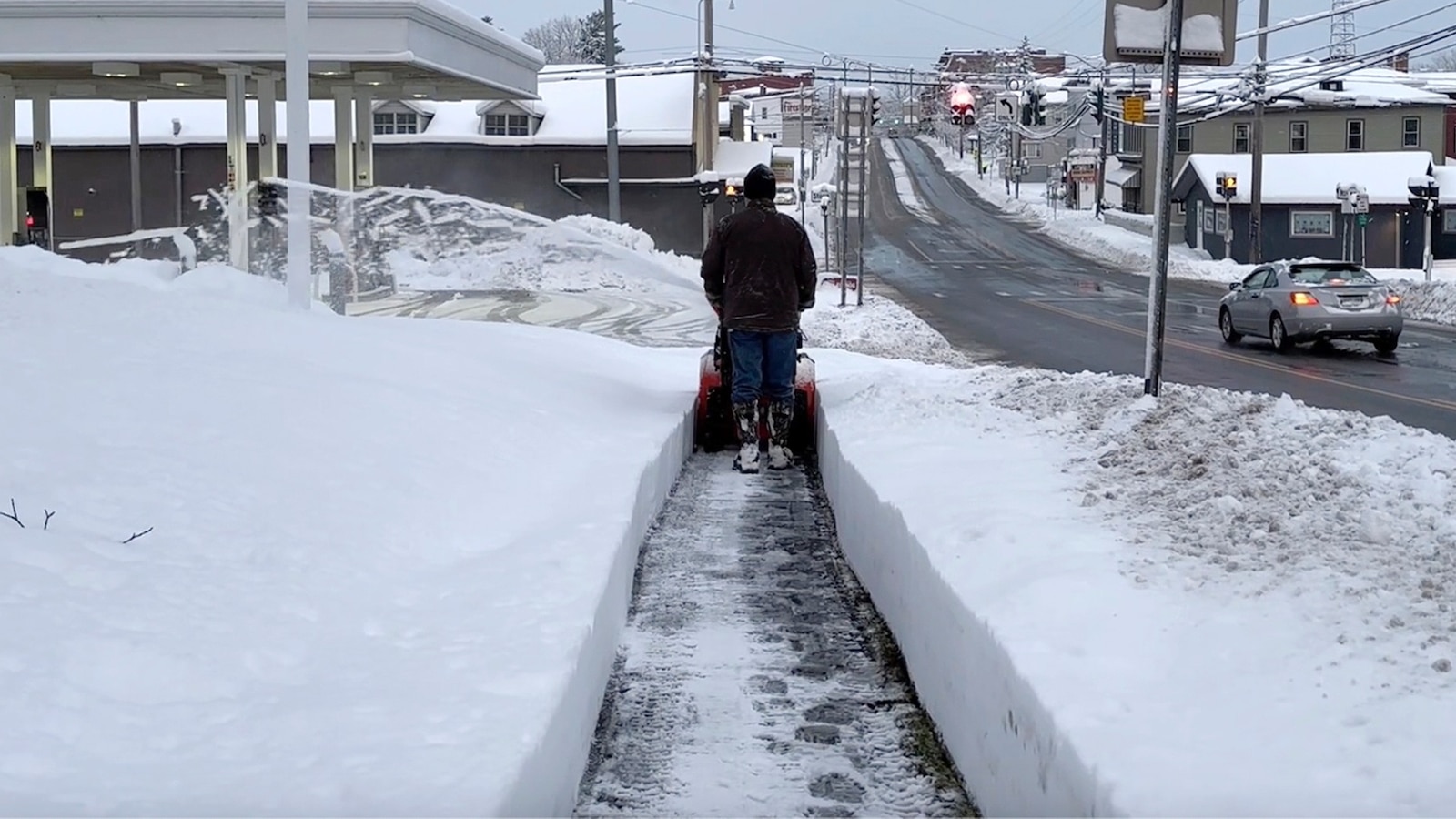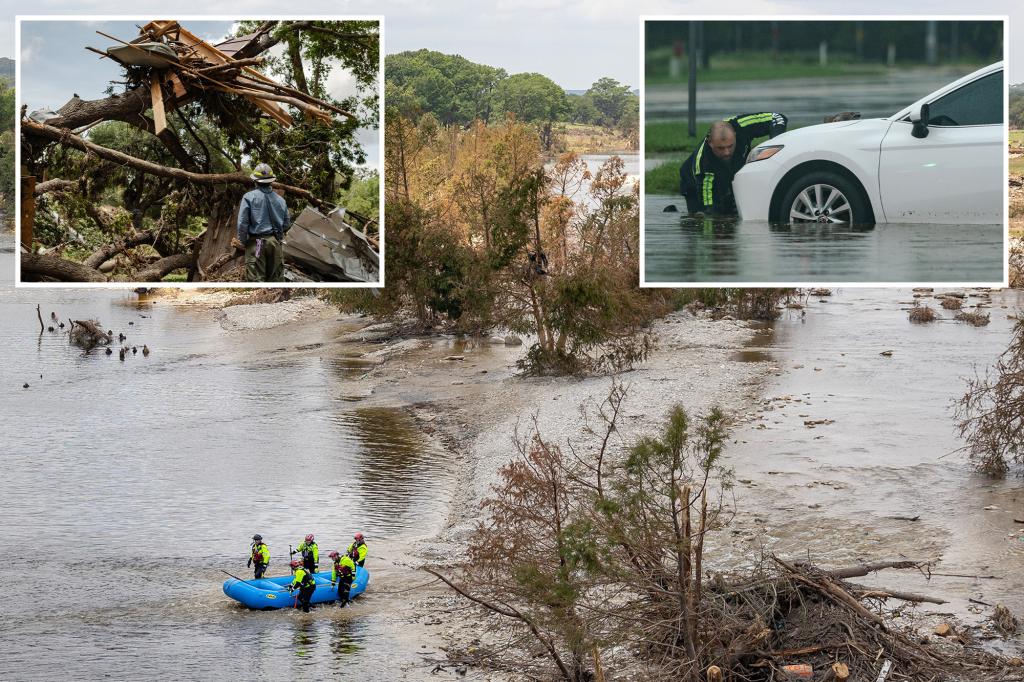As New York prepares for a massive snowstorm, local officials are sounding alarms and taking proactive measures to ensure public safety. With snowfall projections reaching potentially historic levels, counties across the state have declared states of emergency. These declarations mark a crucial step in managing the potential impact of the storm, as communities brace for significant disruptions. Residents are urged to stay informed and take necessary precautions as the storm approaches.
The Growing Threat: A Snowstorm of Unprecedented Scale
As meteorologists track the movement of a powerful winter storm, New York is bracing for what could be one of the most intense snowstorms in recent memory. With forecasts predicting up to several feet of snow in some areas, the state’s emergency management agencies are ramping up their response efforts. Local authorities in multiple counties have declared states of emergency to activate resources and ensure that snow removal operations and other critical services can be carried out swiftly.
The snowstorm is expected to impact large sections of the state, including urban areas like New York City and upstate regions. With the storm set to last for several days, experts warn that snowfall rates could reach as much as two inches per hour in some regions. This intensity of snowfall, combined with high winds, could lead to dangerous driving conditions, power outages, and widespread transportation disruptions.
Impact on Public Safety and Infrastructure
The declaration of a state of emergency allows local governments to access federal and state resources more quickly, enabling them to clear roads, manage public transportation systems, and coordinate snow removal efforts. Additionally, the state is activating its network of emergency response teams, including state police and National Guard personnel, to assist in rescue and recovery operations if necessary.
- Snow Removal: Snowplows are deployed across highways, local roads, and critical infrastructure to prevent roads from becoming impassable.
- Power Restoration: Utility companies are prepared for potential power outages caused by heavy snow and high winds, with crews standing by for quick repairs.
- Public Health and Safety: Hospitals and emergency services are on high alert, prepared for increased demand as the storm progresses.
Preparedness and Response Measures in Affected Counties
In the hardest-hit areas, local government officials are taking additional measures to protect residents. Public schools and many businesses have closed in advance, while authorities have urged people to stay indoors as the storm intensifies. Many counties have set up warming shelters for those without access to heat, and transportation authorities are working around the clock to clear major roadways.
Some counties, including Erie, Monroe, and Onondaga, are expected to experience the heaviest snowfall. In these areas, snow drifts and whiteout conditions are likely to make driving hazardous. County emergency operations centers are in full swing, with responders on standby to handle accidents, downed power lines, and other storm-related incidents.
Broader Implications: Climate Change and Extreme Weather
The increasing frequency and intensity of extreme weather events, including powerful snowstorms, have become a growing concern for meteorologists and climate scientists alike. While no single storm can be definitively attributed to climate change, experts have noted that global warming is contributing to more extreme weather patterns, including higher levels of precipitation and stronger storms.
Warmer air can hold more moisture, which means that storms like the one currently hitting New York are capable of producing larger amounts of snow. Additionally, changing atmospheric patterns may result in more severe winter storms in regions that have historically experienced less extreme conditions.
The Role of Technology in Storm Preparedness
Advancements in technology have played a crucial role in improving the accuracy of weather forecasts, which in turn aids in preparedness efforts. Real-time data from weather satellites, radar systems, and ground-based sensors enable meteorologists to predict storm paths and intensity with greater precision. This allows officials to issue warnings well in advance and provide the public with actionable information on how to stay safe during extreme weather events.
- Predictive Models: Weather models use historical data and current weather patterns to forecast potential outcomes, helping emergency services plan for the worst-case scenario.
- Communication Systems: State-of-the-art warning systems, such as automated text alerts and social media channels, keep residents informed about storm developments.
- Geospatial Mapping: High-tech mapping tools allow authorities to pinpoint affected areas, prioritize snow removal efforts, and quickly respond to emergencies.
Community Responses and Personal Preparedness
As the storm approaches, residents are taking a variety of actions to prepare for the worst. Many have stocked up on food, water, and other essential supplies, while others are ensuring that their vehicles are equipped with snow tires and emergency kits. Local stores have reported increased sales of winter gear, including shovels, salt, and blankets, as people get ready for potential power outages.
In addition to personal preparedness, communities are relying on their neighbors for support. Many individuals are checking in on elderly family members or neighbors, ensuring that they have everything they need before the storm hits. Local community centers are offering assistance, including providing shelter for those who might not have a safe place to stay.
Warnings and Safety Tips for Residents
New York’s emergency management officials are advising residents to take several steps to stay safe during the storm:
- Avoid Travel: Unless absolutely necessary, it is best to stay off the roads to prevent accidents and to allow snow removal crews to work more effectively.
- Stock Up on Supplies: Ensure that you have enough food, water, and medications to last for several days in case of power outages.
- Prepare Your Home: Check that your heating system is working and that your home is properly insulated. Keep flashlights, extra batteries, and blankets on hand in case of power failure.
- Stay Informed: Listen to local news broadcasts and weather updates for the latest storm information and safety advisories.
Conclusion: Weathering the Storm Together
While the impending snowstorm is shaping up to be a challenging event for New Yorkers, the state’s preparedness efforts, along with the resilience of its residents, will be critical in mitigating the impact of the storm. As the snow begins to fall and conditions worsen, cooperation between government agencies, utility companies, and the public will be essential to maintaining safety and minimizing disruption.
Looking ahead, the importance of addressing the underlying causes of extreme weather—such as climate change—cannot be overstated. While immediate response efforts can help manage the fallout from storms like the one heading towards New York, long-term strategies for climate adaptation and resilience will be necessary to protect communities in the future.
For more information on the storm’s progress and real-time updates, visit the National Weather Service. For additional tips on winter storm preparedness, check out this helpful guide.
See more Your Daily Weather



